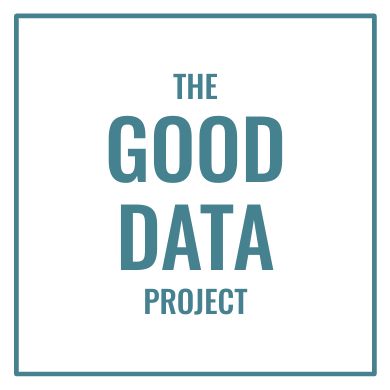James Clear has a #1 worldwide best-selling book. He’s got glowing blurbs from Brené Brown and Adam Grant and Arianna Huffington. He’s got a MasterClass and a speaking career and a mobile app and a “habit journal” (whatever that is). I’m guessing he’s got a pretty nice house, too.
What James Clear doesn’t have, apparently, is data. Because if you thought no one could match The Sun for publishing charts and graphs utterly devoid of data, you were wrong. Step forward, Atomic Habits.
That’s right, Clear has sold more than 15 million copies of a book that apparently contains nothing but made-up charts and graphs. I’ve reviewed dozens of the “data graphics” in the book. None describe sources or samples or dates. None display data labels or meaningful axis labels. None appear to be based on any data or reliable research whatsoever.
To paraphrase the hosts of the If Books Could Kill podcast, it’s hard to explain through words alone just how dumb these charts are. So here’s another image:
Pages from the book Atomic Habits containing two charts that were also apparently created without data. Source: JamesClear.com.
If Books Could Kill describes figure 1 of Atomic Habits (at the top of this page) as “a chart so stupid it looks like it’s ripped from a multilevel marketing pitch.” And it’s hard to disagree.*
So go ahead and be like James Clear in almost every way: Sell lots of books and collect lots of famous admirers and charge lots of money for your speeches. Just don’t invent make-believe charts and then pretend they’re based on real science and data.
Thanks for reading. Seen a made-up chart even worse than these? Post it in the comments below or on LinkedIn. And if you want good data delivered to your inbox, subscribe here.
*Ironically, figure 1 is just about the only chart in the book with real numbers and math in it. But as the podcast hosts point out, it’s still based on an impossible fictional scenario, and bastardized from a completely different (but still disproven) concept. It’s a good podcast episode; have a listen.


